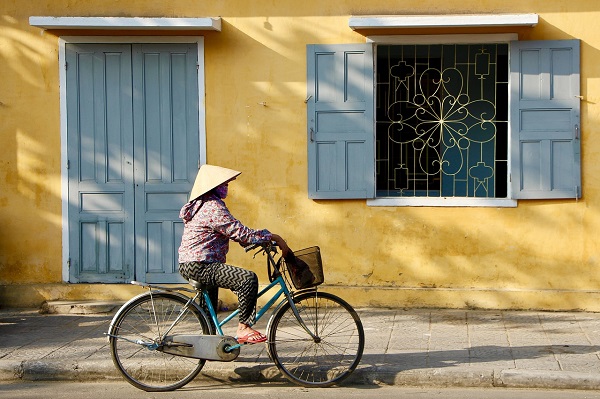General Posting
Ever wondered how you would travel and move around in a SHTF situation if electric or fossil fuels were not available? This list provides some basic information on which methods people would use.
- Walking – The most basic and accessible form of transportation.
- Running – A faster alternative to walking.
- Bicycling – Riding a bike for quicker and efficient travel.
- Scootering – Using a kick scooter, suitable for both children and adults.
- Skateboarding – A popular mode of transport among teenagers and young adults.
- Rollerblading – Using inline skates for a smooth ride on paved surfaces.
- Skating – Traditional roller skates with four wheels, often used in parks and rinks.
- Handcart – Pushing or pulling a cart for transporting goods or small children.
- Wheelbarrow – Similar to a handcart, primarily for transporting goods.
- Stroller – Pushing a baby or young child in a stroller.
- Wagon – Pulling a small cart, often used for transporting children or goods.
- Sled – Used in snowy conditions to glide over snow and ice.
- Rowboat – Propelling a boat with oars in water.
- Canoe – Paddling a canoe, suitable for lakes and rivers.
- Kayak – Similar to a canoe but often used for more adventurous water travel.
- Pedal Boat – A boat powered by pedaling, often found in parks and recreational areas.
- Horseback Riding – Traveling on horseback, suitable for rural and some suburban areas.
- Tricycle – A three-wheeled bike, often used by children or for more stability.
- Tandem Bicycle – A bicycle built for two riders.
- Rickshaw – A two-wheeled cart pulled by a person, commonly found in some Asian countries.
- Shopping Cart – Believe it or not, there is a reason homeless people choose shopping carts to transport themselves and their belongings. They are abundant, durable and can carry a lot of weight. You can also modify them to transport people.

